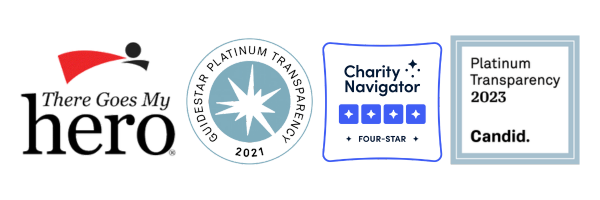Words of Hope: The RSV Challenge
February 2009
Recovery into the beginning of January had been very promising. My blood counts were on the rise and my body was acclimatizing to Isabel’s bone marrow. I was having the requisite amount of graph versus host disease which was presenting itself as a rash over 90% of my body. As I’ve said before, GVH is like a bad sunburn and poison ivy at the same time. It was particularly itchy on my head, where peach fuzz was starting to break through.
The next curve ball arrived late January. At first it was a runny nose, it felt pretty normal given the time of year. That said, a runny nose in an immune depressed person is not a good thing. The most troubling part started when my counts began to fall. Through the first weeks of February 2008, all of the progress I was making with the expanding new bone marrow was erased. My counts dropped completely. I was now back where I started post transplant, neutropenic, which means without neutrophils, the important components of your blood that fight off infections. It was heart breaking and I felt another hospitalization was imminent.
As it turned out, inside the hospital, I acquired a virus called RSV. It is a virus that is typically found in new born babies. As my immune system was that of a new born, it wasn’t a surprise to the doctors. It’s a tough virus, but it usually runs it’s course in a few weeks. Unfortunately because I had no neutrophils I was incapable of clearing the virus. There are very few treatments for viruses, except for them running their course.
There was one treatment for RSV and it is ugly and challenging and it became my only course of action. The treatment is a drug called Ribavirin. The drug is administered in a very intensive treatment over the course of several days. The length of time is dependent upon the severity of the virus in the patient. I had a 5 day course, meaning another lengthy hospital stay. Of all the chemo therapies and other treatments I had received, this was one of the worst. Nurses administer the treatment every 4 hours, day and night. The patient is placed in a hood, given a mask attached to a pump and then has a fine, white powder pumped in for a few hours. The nurses would have to wear “space suits” when they entered the room and the room had to “settle” and be wiped clean before others could enter. By the time one treatment ended the next was only a couple of hours away. Sleep was impossible, as was leaving the room or the bed. It was a difficult trial to say the least, but it worked.
